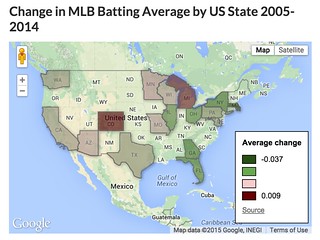I had the distinct pleasure last week of hosting Joe Lambert and Brooke Hessler from the Center for Digital Storytelling for a workshop at Kenyon. I believed that I was going in as the on-site tech support guy, so I didn’t think I was going to make a story. See, I was going to be helpful to other people, and watch Joe and Brooke to really learn how to facilitate a story circle.
Concetta (who had been in our 2012 workshop), said that was sad, because I’m a good storyteller. (Which is not, to be honest, something I’d gone into this workshop considering.) And there was a ripple of agreement in the room, that my colleagues wanted me with them as a participant. And Joe said “no free riders.”
So I started wracking my brain for a story to tell.
The penny dropped when, during another person’s turn in the story circle, Joe pointed out that writing a letter to someone can be a great storytelling prompt. I started thinking about people I’d like to talk to, people I might owe a thank-you note or an explanation.
I remembered that I have a story which recently eluded telling.
And here’s another way to tell it.
From a storytelling perspective, shifting the audience made all the difference in the world. By making it a piece for Melanie, instead of for “the world”, clarifying an in-joke became sharing an anecdote. And technically, relating the story out loud, and getting feedback from a room of supportive colleagues, helped me find a lot of the connective tissue which I didn’t find alone with my keyboard.
So thank you, my Kenyon and CDS colleagues (and my wife, who saw a rough cut), for sharing your courage, for your aesthetic input, and for sharing this story with me.
